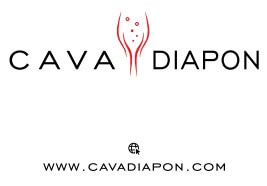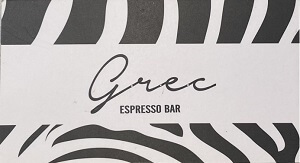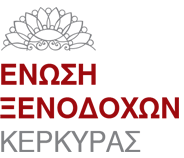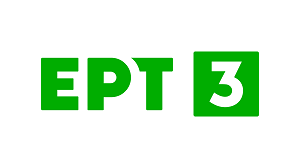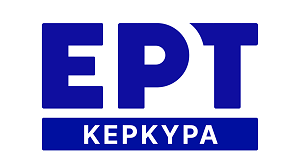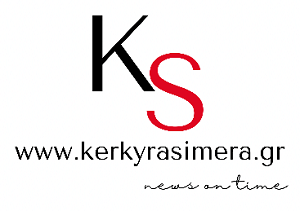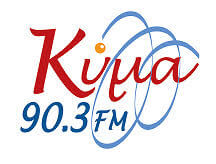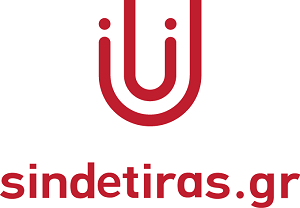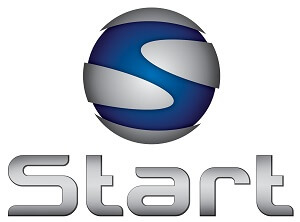Abstract
This paper examines how student teachers utilized digital video effects to adjust the luminance of visuals used in media messages they created. The results indicated that the rate of the light adjustments was very low. Moreover, on a semiotic level the adjustments made supported coherence and mood.
Extended Summary
Introduction
Considering the extent to which writing is privileged in modern education, composing with media such as video is a relatively novel form of composition for students. To familiarize with these new forms, students will need to master new modes and semiotic devices for meaning making. What is particularly striking in present-day textual landscapes is that communication relies heavily on visuals. Contemporary media messages involve more than just words, utilizing static images, moving images, and graphics.
Furthermore, the students would also need to familiarize with media software, which involves software interfaces, tools, and workflows for editing media. Considering that it is impossible to understand media without considering the software that is used to access, edit, author, remix, and share such media (Manovich, 2013), it is imperative that students also acquire the requisite media software skills. Also, the wide availability of media-related Free and Open Source Software (FOSS) means that both amateurs and media professionals have access to professional grade software tools (Lessig 2008).
The computerization and softwarization of media (Manovich, 2001; 2013) enable creators (a) to assemble different media on the same frame and (b) change these media through effects. Video effects allow the creators of media messages to vastly expand their representational palette. It has been pointed out that effects are the primary tool for making adjustments to media resources (Karasavvidis, 2019). Light is one of these new semiotic devices that is made accessible through Non Linear Video Editors and other 2D/3D digital compositing software applications.
Considering the importance of video effects, this case study examines writing with light. In particular, it focuses on how student teachers use effects to manipulate visual resources such as image clips and video clips. The process of crafting digital multimodal texts in the form of digital videos is examined by addressing the following research questions:
#RQ1: what is the rate of luminance adjustments made to the visual resources used in the digital video projects?
#RQ2: what are the main semiotic uses of these luminance adjustments?
Method
Eighty-six female student teachers from a preschool education department participated in the study. All participants attended a course on digital media that introduced them to both the semiotic and the technical dimensions of creating digital multimodal texts. As part of the formal course requirements, the students were required to create a short digital multimodal text in the form of a digital video. The students were instructed to search the internet for locating all types of semiotic resources for creating their video projects.
Due to dropouts and incomplete submissions, eventually only 65 digital video projects met the criteria for inclusion in the study. These video projects constitute the main source of data upon which this study is based. Artifact analysis was the main approach utilized (Willig, 2013) coupled with Serafini and Reid’s (2019) multimodal analysis scheme.
Results & Discussion
Regarding the first research question, the analysis indicated that the rate of light adjustments was rather limited. As a rule, light effects (e.g. Bezier/RGB curves; contrast; gamma) were rarely applied to the visuals in the video projects. Few video projects were characterized by systematic luminance changes.
Regarding the second research question, the majority of effects that actually changed either the brightness or the tonality of the visual resources, served two main semiotic purposes. First, the adjustments primary targeted the visual coherence of the resources (i.e. adjusting the tonality of different shots). Second, the adjustments aimed to influence the mood (i.e. very high contrast to portray dramatic events or situations).
Overall, these findings suggest that despite the enormous semiotic potential that is afforded by media software such as NLE through effects, the participants did not systematically utilize luminance effects for changing the brightness or the contrast of the visuals. The main implication of this study is that student teachers’ familiarization with new semiotic devices, such as light, is far more challenging compared to the mastering of the respective media software interfaces and workflows.
Back
SPONSORS
 Agora Restaurant Grill House
Agora Restaurant Grill House Lupin Aperitivo Espresso Bar
Lupin Aperitivo Espresso Bar


